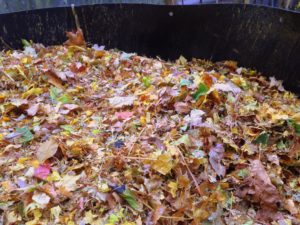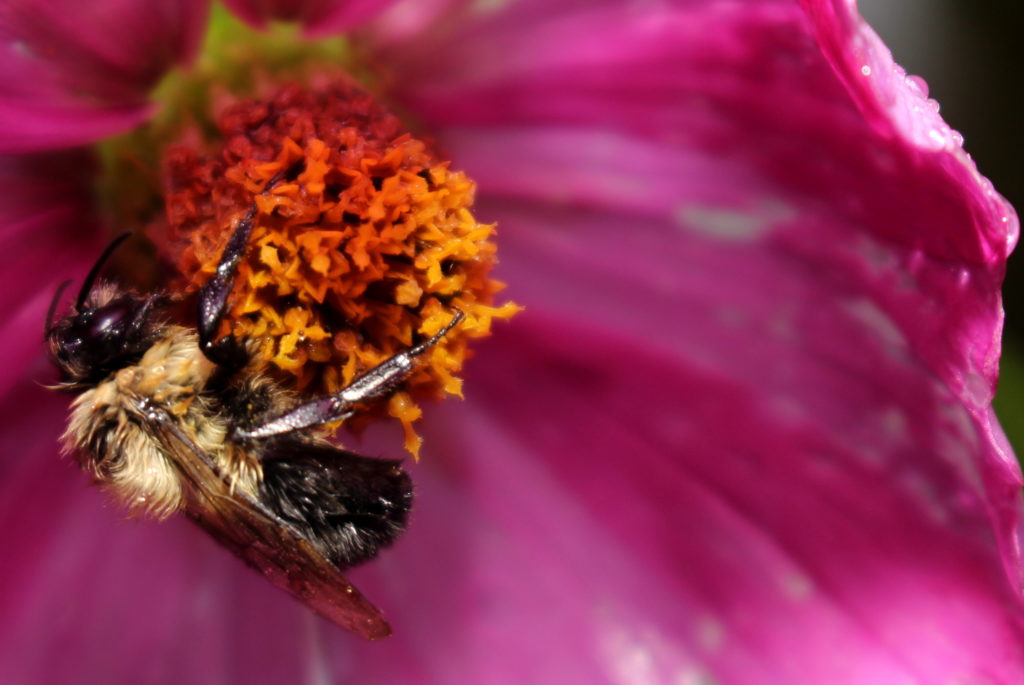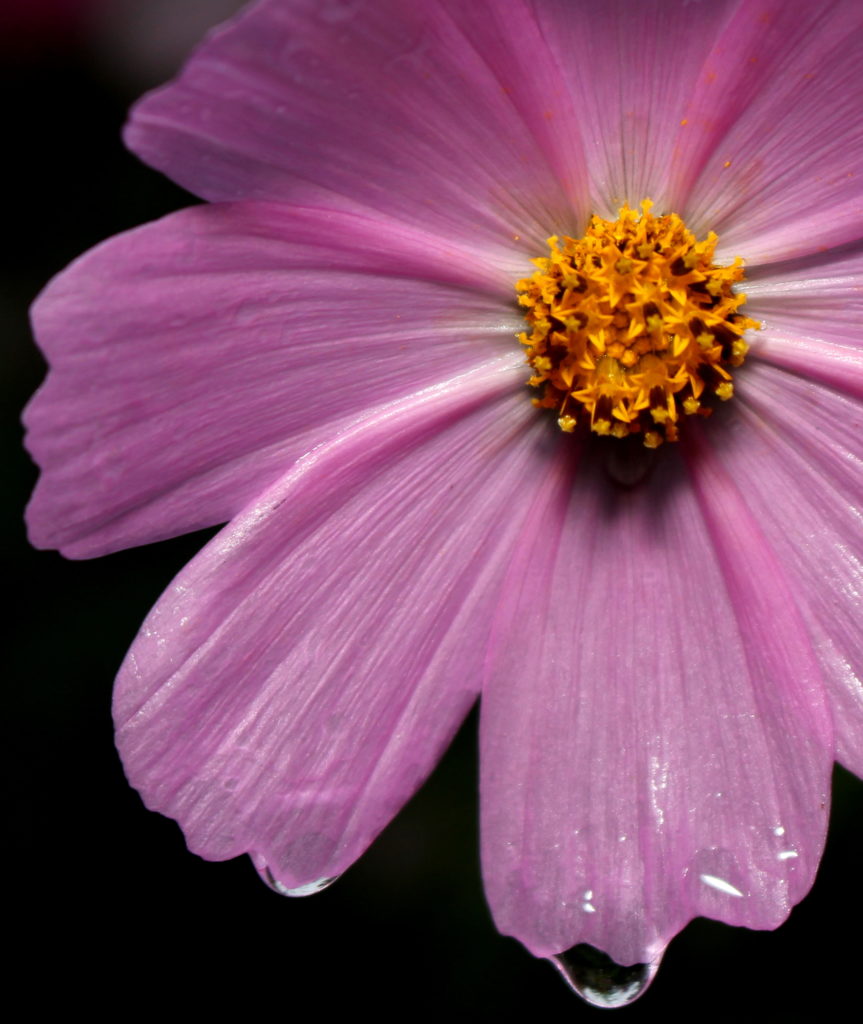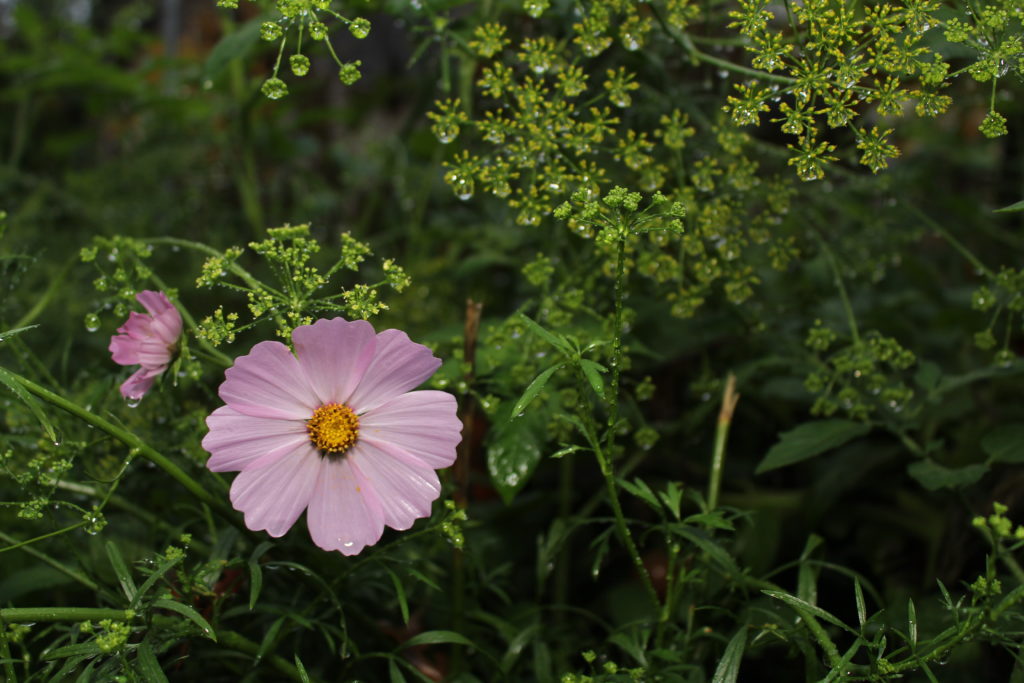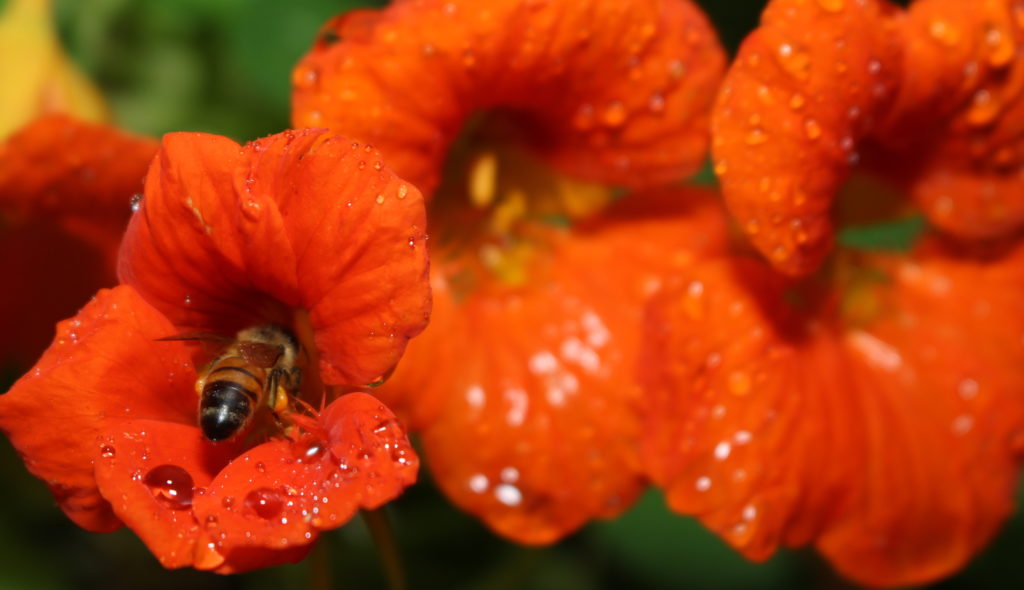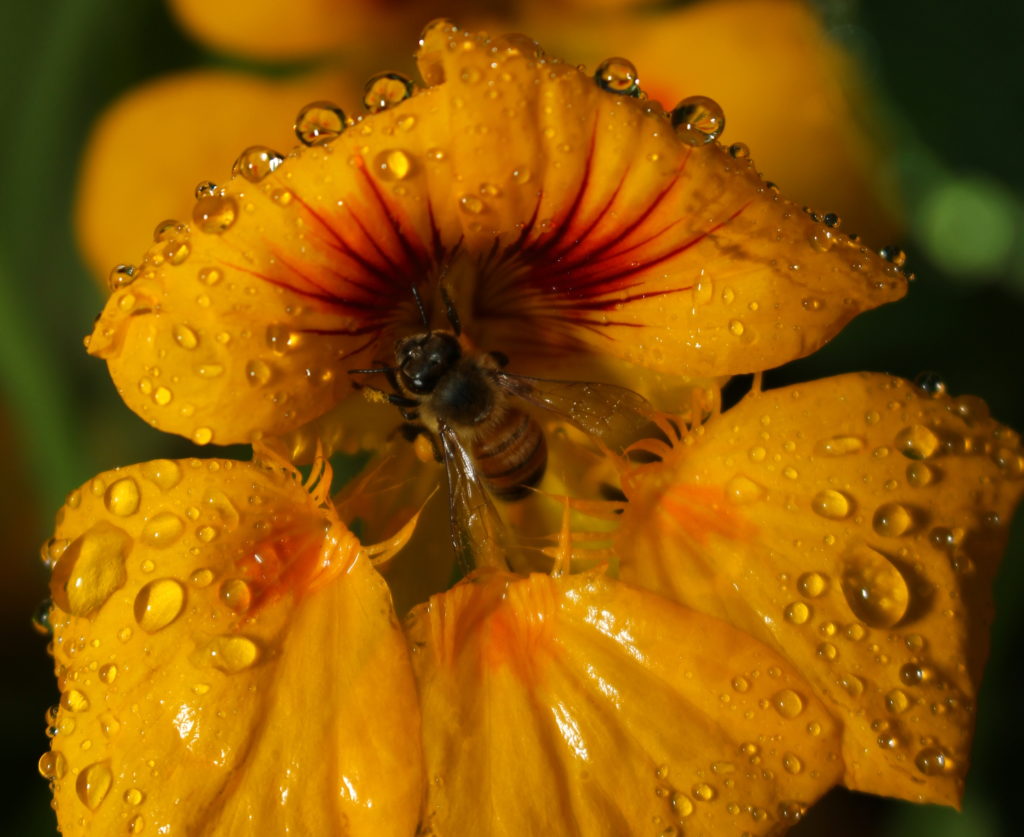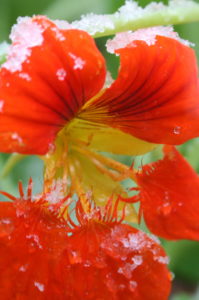Category Archives: Uncategorized
Compost and 2 feet of snow
We got around two feet of snow yesterday. Join me for a quick walk down the steps and through the raspberries to look at one of our bins to see how it’s doing.

Making time for raspberries
I made a bit of time this morning to trim some of the raspberries and improve the soil with free used coffee grounds.
If you look at the photos below, you’ll see that all fall and winter, blowing leaves have collected and begun to break down around our raspberries. This required no work on my part (it actually required that I do no work) but it protected the soil, provided amendments as it broke down, and more. Continue reading
Black Friday for gardeners
I was going to post a bunch of Black Friday deals for gardeners here but it is going to be easier for me to post them at Allium Fields on Facebook instead, so please look there.
As I said there:
I want to make clear that with these Black Friday posts I am NOT encouraging people to buy things you don’t actually need.
However, using drip irrigation properly saves water; using the same trellis for a decade rather than buying new ones each year saves energy, and so on.
So if you’re going to buy things that help save the planet as well as make gardening easier and more fun, you may as well buy them on sale. Buying a new TV every year is complete nonsense and a waste of your money as well as damaging the planet.
Carry on!
Black Friday 2017 – Dripworks
Pumpkin recycling stations map 2017
For several years I’ve had a Pumpkin Recycling Station after Halloween so people who don’t want their pumpkins to cause more harm can drop them off and I will compost them. (I take gourds and potted mums as well.)
This year, a few more people are joining in and we’ve set up a map to help you find the closest pumpkin recycling station.
Some locations are only open an hour or less (eg, schools), so please read specifics for your preferred location.
In order to see the map, you need to agree that:
I WILL ONLY BRING PUMPKINS AND GOURDS WITH NO CANDLE, NO PAINT, NO BLING.
(you can cut paint/bling off and bring us the rest)
IF THERE IS NO SIGN OR BUCKET,
I WILL NOT LEAVE MY PUMPKIN.
Stations were open for two weeks – until 11/13. Most stations are now closed – please note the one you saw earlier may no longer be available.
Are street leaves safe to use in compost or as mulch?
The easiest leaves to collect are usually on hard surfaces. That makes street leaves very easy to collect, but that doesn’t mean you should use them. Continue reading
Beauty in the rain
I mostly share photos on Facebook, but yesterday’s rain was a great opportunity for photography and I want to share some here as well.
I found many bumble bees that had spent the night in the garden, several trying to escape the rain under cosmos that acted as umbrellas. There were also a few honey bees making their morning rounds among the nasturtium.
Mow, don’t rake
What would you say if I told you that the world’s leading sellers of lawn fertilizers, pesticides and herbicides suggest mowing leaves into your lawn as a way to improve nutrition, add organic material and promote disease resistance?
You can also use a power mower to collect leaves quickly and efficiently, which also reduces them to a size good for the compost or simply getting more per lawn bag.
Because, science: https://ag.umass.edu/…/yard-waste-management-in-massachuset…
Leaf mulching: When there is only a moderate amount of leaves on the ground a mower can be used to mulch them into the turf. Research at Purdue University demonstrated that mulching maple leaves into the turf does not have any detrimental effect on the soil or turf and usually results in improvement of soil structure. The research also showed that mulching maple leaves does not increase thatch and disease on turf and has no effect on soil pH and nutrient availability. Research at Michigan State University suggests that leaf mulching can also reduce dandelion population on turf. The research showed that mulched red and sugar maple leaves initially reduced dandelion populations on very low maintenance and moderately maintained (fertilized and properly mown but not irrigated) lawns under some conditions. The mulched leaves provided some pre-emergence dandelion control in the first year but did not provide any post-emergence control or sustained effects once dandelions had become established.
Bayer: http://bit.ly/2e9OFIN
You can skip raking completely by mowing over leaves and chopping them into small pieces.
You also can allow leaf pieces to decompose in place on the lawn. To do this, chop leaves into dime-size pieces. Depending on how large leaves are and how deep the layer is, you may need to mow over them several times to chop them small enough. After mowing, you should see roughly 50 percent of the grass through the leaf pieces. The more grass you see, the more quickly those leaf pieces will decompose.
As the leaf bits settle onto soil between grass blades, microbes start the process of decomposition. Providing a nitrogen source, like that found in a winterizer or fall-timed lawn fertilizer, will help soil microbes break down leaves faster. Allowing leaves to decompose in place ultimately enhances the soil beneath your lawn, adding organic matter, which leads to a healthier, thicker lawn.
Scotts: http://bit.ly/2e9JLLR
Take the grass catcher off your mower and mow over the leaves on your lawn. You want to reduce your leaf clutter to dime-size pieces. You’ll know you’re done when about half an inch of grass can be seen through the mulched leaf layer. Once the leaf bits settle in, microbes and worms get to work recycling them. Any kind of rotary-action mower will do the job, and any kind of leaves can be chopped up. With several passes of your mower, you can mulch up to 18 inches of leaf clutter.
How to prepare for frost
Frost is forecast – here is a quick list of you NEED to do and what you SHOULD do.
What you NEED to do:
- Pay your bills in order to avoid late fees.
- Prepare supper. I recommend soup or stew with a loaf of fresh bread for the cold weather.
- If a “hard freeze” is predicted (at least four consecutive hours below 25° F) then you should also turn off water at the spigot and try to empty hose and irrigation lines, or at least leave them open and empty them soon.
Now the longer list of what you probably SHOULD do:



